Cabernet Sauvignon Glass Guide: the Best Shape and Glassware to Enhance Every Sip of This Crisp White Wine From Casaloce.com
At Casaloce.com, we’ve spent years perfecting the art of serving our Cabernet Sauvignon in a way that elevates every nuance — and we’ve learned one surprising truth: the glass matters as much as the wine. Through countless tastings in our cellars, we’ve seen how a well-designed bowl can coax out the varietal’s dark fruit layers, soften its tannins, and let its crisp, white wine–style finish shine in unexpected ways. This isn’t theory; it’s the result of side-by-side pours, tested with our vintages and refined for the way we know our Cabernet drinks best. In this guide, we’ll share the exact glass shapes we trust for showcasing Casaloce’s signature profile, so you can recreate that same depth and balance in your own home.
Top 5 Takeaways
1. Glass shape matters – Enhances fruit notes, softens tannins, boosts aroma.
2. Stem vs. stemless:
- Stemless crystal – Casual use; watch temperature.
- Tulip-shaped stemmed – Formal use; captures aromas.
3. Material counts – Crystal = clarity & flavor precision; Glass = durable & practical.
4. Serve right – 60–65°F; decant to open flavors.
5. Care matters – Handwash, store well, keep odor-free.
Understanding Wine Glass Anatomy
Wine tasting harbors a significant relationship with the anatomy of the wine glass. Elements like the presence or absence of a stem, along with the bowl's dimensions, can greatly affect the wine's taste and overall experience.
Stemless glasses, appreciated for their contemporary aesthetic and storage convenience, can unintentionally change the wine's temperature due to the drinker's hand heat. In contrast, stemmed glasses allow wine to retain its temperature, thereby preserving its taste for a longer duration.
Importance of Glass Shape
This aspect can dramatically alter the perception of aroma and taste, two key elements of wine tasting.
Aroma, or bouquet, is directly influenced by a wine glass's shape. Concentrating the wine's perfume, a well-designed glass delivers an enriched olfactory experience even before tasting. In contrast, glasses ill-suited for wine may not capture the aroma, lessening the sensory potential.

Ideal Glassware for Cabernet Sauvignon
Proper selection of glassware significantly enhances your experience with Cabernet Sauvignon. Stemmed glasses, traditionally preferred, bring elegance to wine tasting. Their stems facilitate swirling and prevent your hand's warmth from affecting the wine's temperature.
For a more modern, casual vibe, stemless glasses are ideal, especially during relaxed gatherings. However, wine temperature might be influenced by direct hand contact with these glasses.
In the contest between crystal and glass, each has its merits. Crystal's clarity lets Cabernet Sauvignon's rich colours shine brilliantly. With a thinner structure than glass, crystal enhances wine's flavour but needs careful handling. On the other hand, glass options offer durability and are safe for dishwashers, a practical choice indeed.
Expert Tips for Serving Wine
To enhance your wine tasting experience, start by mastering how to serve the wine properly. One crucial tip from experts concerns the temperature. Serving wine at an appropriate temperature can drastically alter its flavor profile and aromatic intensity.
Decanting stands as another important aspect of wine service. This process involves pouring the wine from its original container into a different vessel, which can breathe life into the wine by softening harsh tannins and intensifying its flavors.
Maintaining Your Wine Glasses
Artists cherish their brushes in the same way wine enthusiasts value their glasses. This isn't purely for aesthetic reasons; well-maintained glassware significantly influences your wine tasting experience.
Avoid washing your glasses in a dishwasher, as this could harm them. Instead, opt for handwashing using warm water with a gentle detergent. Swirl the soapy mix gently in the bowl, rinse with precision, and let them air dry, upside down on a soft fabric to avoid water stains.
Having a pair of stored glasses standing up will protect the rim. But when you are a wine-glass heap, it may prove convenient to stand them (inverted) in a specialized wine-glass cabinet, where the dust will not settle in the bowl.
“After years of pouring, tasting, and fine-tuning in our cellars, we’ve learned that the right Cabernet Sauvignon glass isn’t a detail—it’s the difference. The right bowl shape coaxes out the dark fruit, softens tannins, and lets our signature crisp finish shine exactly as it should. This isn’t a theory from a textbook; it’s the result of hundreds of side-by-side tastings with our vintages, so you can enjoy every sip at its best—just as we intended.”
Supporting Facts and Statistics
1. Aroma Blooms in Minutes
-
Tulip-shaped Cabernet glasses enhance fruit and soften tannins.
-
Bordeaux bowls boosted aroma within 10 minutes vs. generic glasses.
Source: ajevonline.org
2. Shape Controls Gas Release
-
Wide bowls + tapered rims keep aromatic layers longer.
-
Food & Nutrition Journal: CO₂ loss — 34% in wide bowls vs. 58% in flutes after 10 minutes.
Source: foodandnutritionjournal.org
3. Oxygen Changes the Wine
-
Decanting unlocks hidden complexity.
-
Research: Higher oxygen exposure left ~0.5 mg/L dissolved oxygen after 6 months, changing aroma, color, and tannins.
Source: ajevonline.org
Final Thoughts & Opinion
The glass isn’t just an accessory — it’s a game-changer.
Our key cellar-tested insights:
-
Shape matters: The right bowl heightens dark fruit notes, softens tannins, and enhances aroma release.
-
Material influences perception: Crystal’s clarity sharpens the visual appeal and flavor definition; quality glass offers durability for everyday enjoyment.
-
Stem vs. stemless:
-
Stemless crystal – Ideal for casual settings with our crisp, white wine–style Cabernet (just watch the temperature).
-
Tall tulip-shaped stemmed glass – Best for formal tastings and full aroma capture.
Our opinion:
-
The right match can turn a great sip into an unforgettable one.
Frequently Asked Questions
1. What glass should Cabernet Sauvignon be served in?
Serve Cabernet Sauvignon in a large, tall red wine glass with a wide bowl. This shape allows the wine to breathe, concentrates the aromas, and directs the wine to the back of your mouth for a balanced taste.
2. What are the best Cabernet wine glasses?
The best Cabernet wine glasses have a generous bowl, a thin rim, and a crystal construction. Riedel, Schott Zwiesel, and Zalto make excellent options that enhance aroma and flavor.
3. What is the best way to serve Cabernet Sauvignon?
Serve Cabernet Sauvignon at around 60–65°F (15–18°C) in a large red wine glass. Decant the wine for 30–60 minutes before serving to soften tannins and release complex aromas.
4. What is a Cabernet wine glass?
A Cabernet wine glass is a tall, broad-bowled red wine glass designed to highlight bold flavors, deep aromas, and the structure of full-bodied wines like Cabernet Sauvignon.
5. How is Cabernet Sauvignon best served?
Serve Cabernet Sauvignon slightly below room temperature in a decanted form. Use a proper red wine glass to let the wine’s aromas and textures shine.
6. What is the correct wine glass for red wine?
Choose a large, round-bowled glass with a slightly tapered rim for red wine. This shape captures aromas and helps guide the wine to the right part of your palate.
7. Is Cabernet Sauvignon a sipping wine?
Yes, Cabernet Sauvignon is meant to be sipped slowly. Its bold tannins, layered flavors, and long finish reward a patient, mindful drinking pace.
8. What is the recommended drinking window for red wine?
The drinking window depends on the wine’s style and vintage. Many quality red wines, including Cabernet Sauvignon, shine 5–10 years after bottling, while some premium bottles can age for decades.
9. Should I refrigerate Cabernet Sauvignon after opening?
Yes, refrigerate an opened bottle to slow oxidation. When ready to enjoy again, let it warm to serving temperature before drinking.
10. What not to pair with Cabernet Sauvignon?
Avoid pairing Cabernet Sauvignon with delicate seafood, overly spicy dishes, or light salads. Its bold structure can overwhelm these foods.
11. How to drink Cabernet Sauvignon for beginners?
Pour the wine into a large glass, swirl gently, and inhale the aroma before sipping. Take small sips, letting the wine move across your palate to notice its flavors and texture.
12. Why are thinner glasses better for wine?
Thinner glasses feel elegant, reduce interference between your lips and the wine, and let aromas flow more freely. They also enhance the tactile experience of drinking.
Join us for a look into our elegant approach to winemaking and gracious hospitality. We welcome our members and their guests by appointment only. Become a member or book an event by visiting CasaLoce.com
Casa Locé
Upper Ojai California
10065 N Ojai Rd, Ojai, CA 93023
https://maps.app.goo.gl/E7YQCnXAFHq1bKz46




